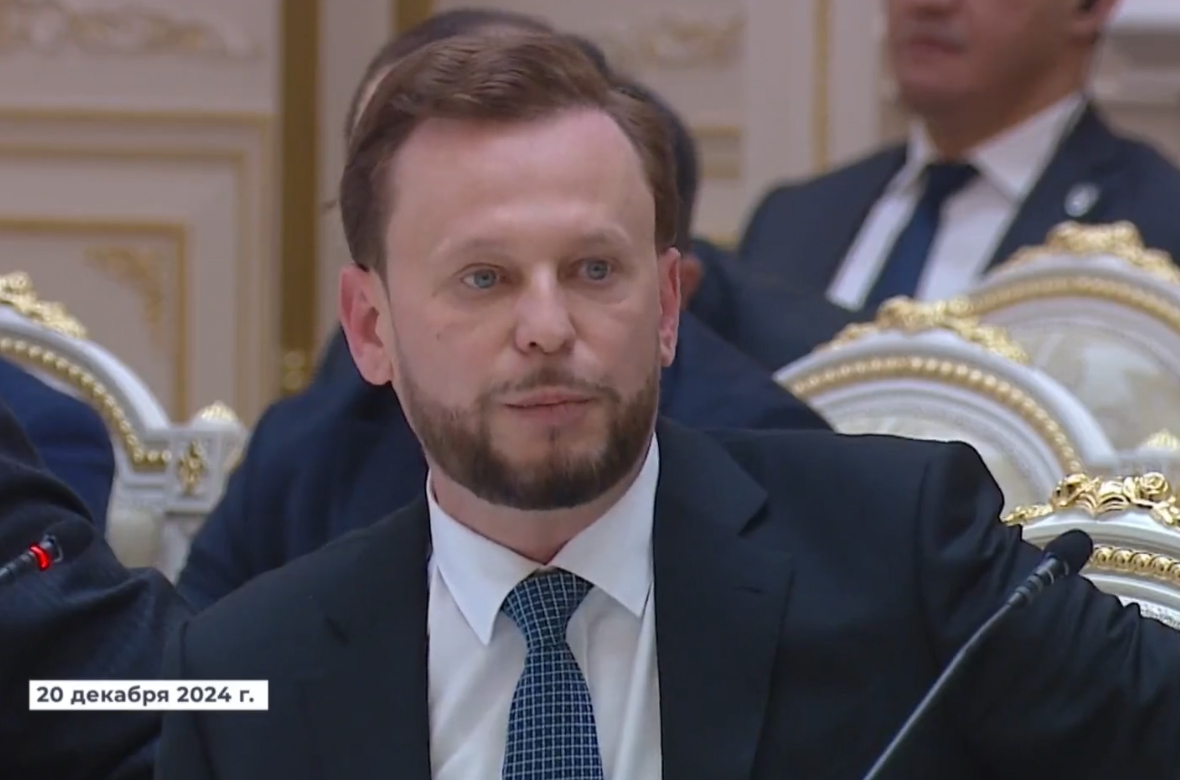This article is also available in:
Русский (Russian)
Uzbek
Today, during a meeting chaired by the President, ambitious goals for Uzbekistan’s automotive industry were outlined. The key priorities include increasing production volumes, improving quality, advancing localization, and boosting exports. However, a logical question arises: can the domestic auto industry handle these challenges? Let’s take a closer look.
Promises vs. Reality
1. Increasing Volumes and Improving Quality
Uzbekistan sells over 400,000 vehicles annually, and this figure is expected to remain stable in the coming years. The President emphasized the importance of producing vehicles that meet market demand.
However, the current reality is that the quality of many vehicles leaves much to be desired. Consumers have repeatedly complained about insufficient reliability and outdated technologies.
Question: If the automotive industry struggles with quality at current production levels, how does it plan to improve products while increasing output?
2. Localization: A Solution or Another Myth?
The idea of localization sounds promising. By introducing 60 locally-produced parts into BYD vehicles by 2025, the aim is to reduce the production cost of electric vehicles.
But let’s be honest: localization in Uzbekistan often faces hurdles such as bureaucracy, a lack of modern technology, and underdeveloped manufacturing infrastructure.
Question: How will localization reduce costs if the quality of local components often falls short of international standards?
3. Joining the WTO and Facing Competition
The anticipated accession to the WTO will significantly increase pressure on local manufacturers. The President highlighted the need to improve product quality to remain competitive.
Becoming a member of the World Trade Organization presents not only opportunities but also serious risks. Uzbekistan’s automotive industry will face an influx of high-quality imported products offered at competitive prices.
Question: Are our manufacturers ready to compete for consumers in an open market?
4. Exports: Ambitious Plans or Numbers on Paper?
In 2023, exports of automotive components exceeded 40,000 units, and in 2024, they are expected to reach $700 million. However, given the intense competition, a lack of unique offerings, and persistent quality issues, achieving these targets will be extremely challenging.
Question: Does Uzbekistan have a real strategy for conquering export markets, or is this just another declaration of intent?
Reality is Tougher Than Ambitions
On paper, everything sounds fantastic: millions of dollars in exports, increased localization, and improved quality. But Uzbekistan’s automotive industry has long required deep modernization, the removal of bureaucratic barriers, and solutions to systemic problems.
Without a clear strategy, real competition, and a consumer-oriented approach, these goals risk remaining only on paper. The real question is: how much more time and resources will it take for our automotive industry to truly work for the people, rather than just producing loud reports?
The article may contain inaccuracies as it is translated by AI. For more details, please refer to the Russian version of the article. If you notice any inaccuracies, you can send corrections via the Telegram bot: Uzvaibik_bot.











